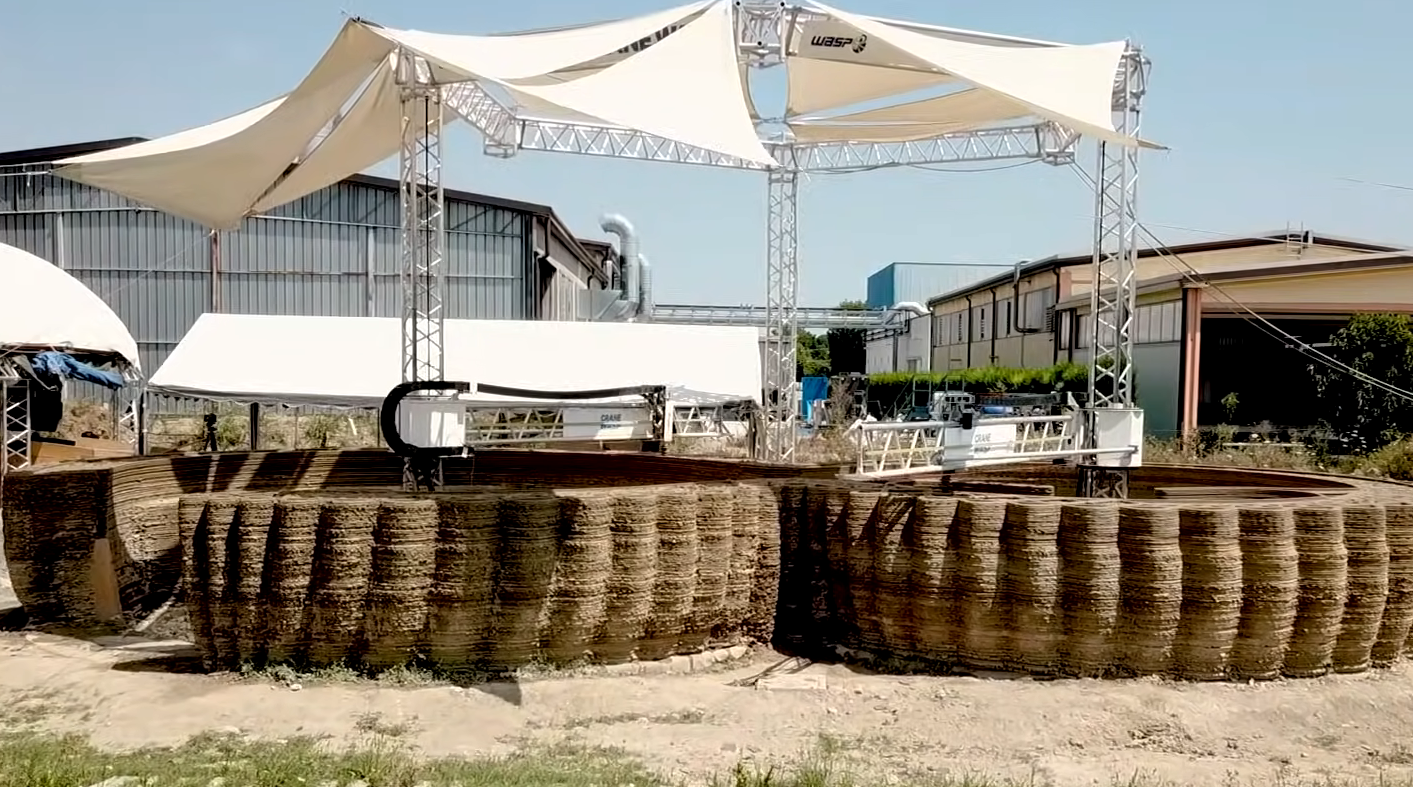
According to researchers at the Columbia University School of Engineering and Applied Science, we may now be one step closer to lifelike robots thanks to the creation of a 3D-printable synthetic soft muscle that doesn’t require an external compressor or high voltage equipment and is capable of lifting 1000 times its own weight.
Prior to this technological achievement, no material has had the ability to function as a soft muscle due to a lack of required properties such as high actuation stress and high strain. But now, scientists at Columbia University seem to have found a way around this issue, and the result is nothing short of a significant step forward in the world of robotic technology.
“We’ve been making great strides toward making robots minds, but robot bodies are still primitive,” explained Hod Lipson, a professor of mechanical engineering at Columbia University. “This is a big piece of the puzzle and, like biology, the new actuator can be shaped and reshaped a thousand ways. We’ve overcome one of the final barriers to making lifelike robots.”
Dr. Miriyev, a postdoctoral researcher in the Creative Machines lab, added that this new technology “may serve as robust soft muscle, possibly revolutionizing the way that soft robotic solutions are engineered today. It can push, pull, bend, twist, and lift weight.”
In addition to the obvious areas in which this synthetic muscle could be useful, such as manufacturing and even healthcare, the 3D-printed material could even be used while out on the battlefield to help soldiers carry out day-to-day operations. Being physically fit in the military is an absolute requirement, and if troops were able to take advantage of a technology that allowed them to lift more weight with less effort, then they would be put at a significant advantage over their enemies. Hand to hand combat and stealth attacks would become much more efficient as well. A military hunter-killer could sneak up behind an enemy and strangle him to death with virtually no effort whatsoever.
But the 3D printed synthetic muscle produced at Columbia University certainly wouldn’t be the first futuristic piece of technology used out on the battlefield. In fact, as reported by Business Insider in November of last year, the U.S. military is currently working on a strength-enhancing exoskeleton known as the Tactical Light Operator Suit, or TALOS. In addition to being equipped with the ability to stop bullets, TALOS also gives soldiers a significant advantage out on the battlefield by increasing the amount of weight they are able to carry. As you probably can imagine, this could help with anything from carrying a wounded soldier off of the battlefield, to lifting heavy debris and clearing a path, to even fending off an incoming enemy using nothing but sheer strength. (Related: The U.S. military will have more robot soldiers than human by the year 2025.)
Whether it’s a synthetic muscle that can lift 1000 times its own weight or an exoskeleton suit that turns military men and women into super soldiers, it is safe to say that wearable technology is helping to improve our lives in ways we could never have imagined. With great minds continuing to come up with new ideas and ways of doing things, the future of technology most certainly looks like a bright one.
Find news on more fascinating inventions at Inventions.news.
Sources include:
Please contact us for more information.























